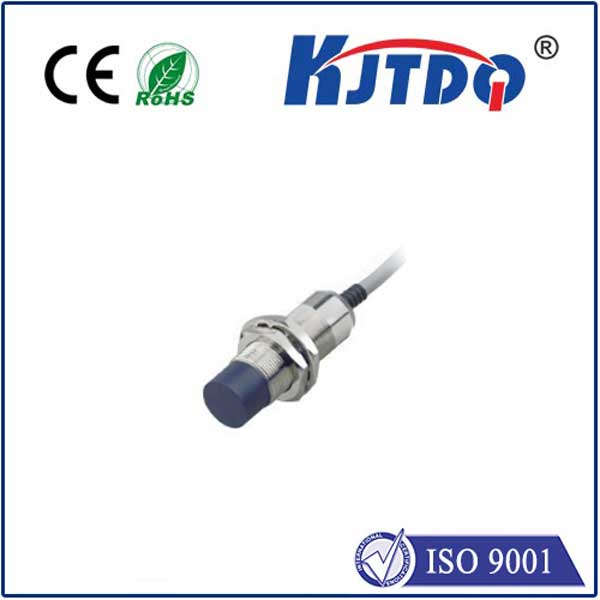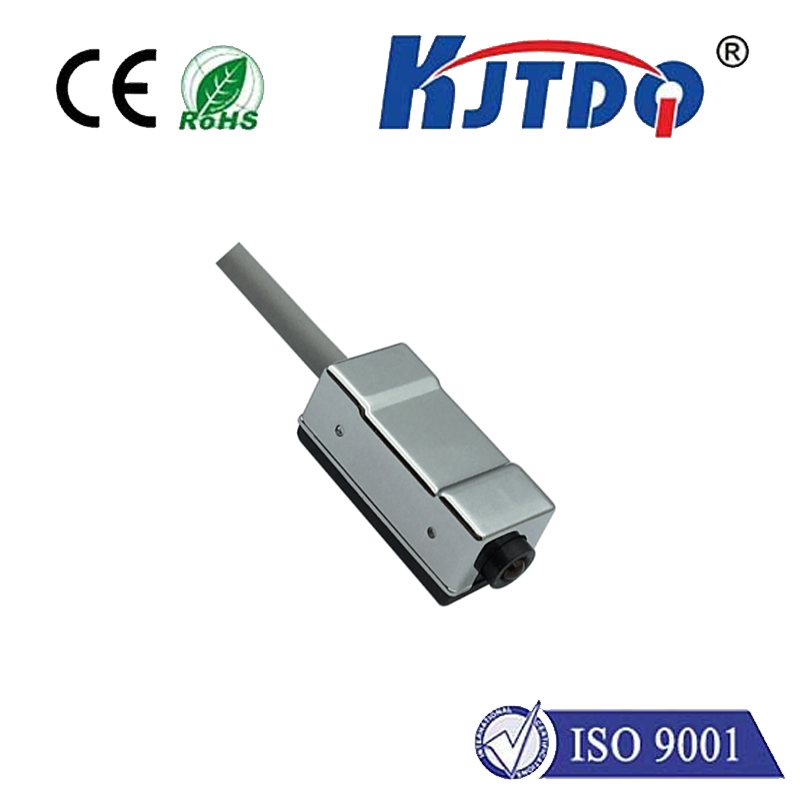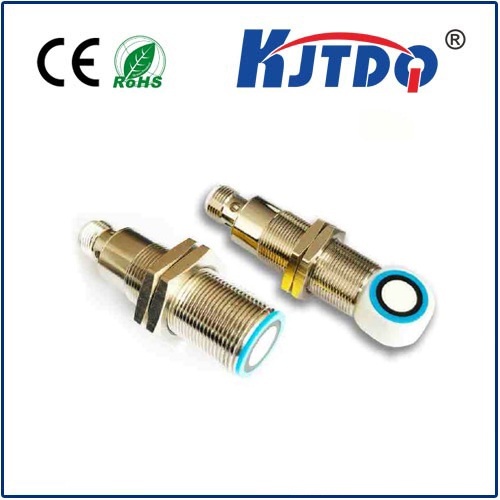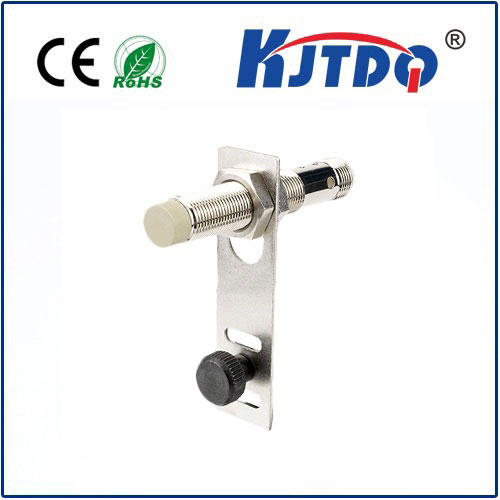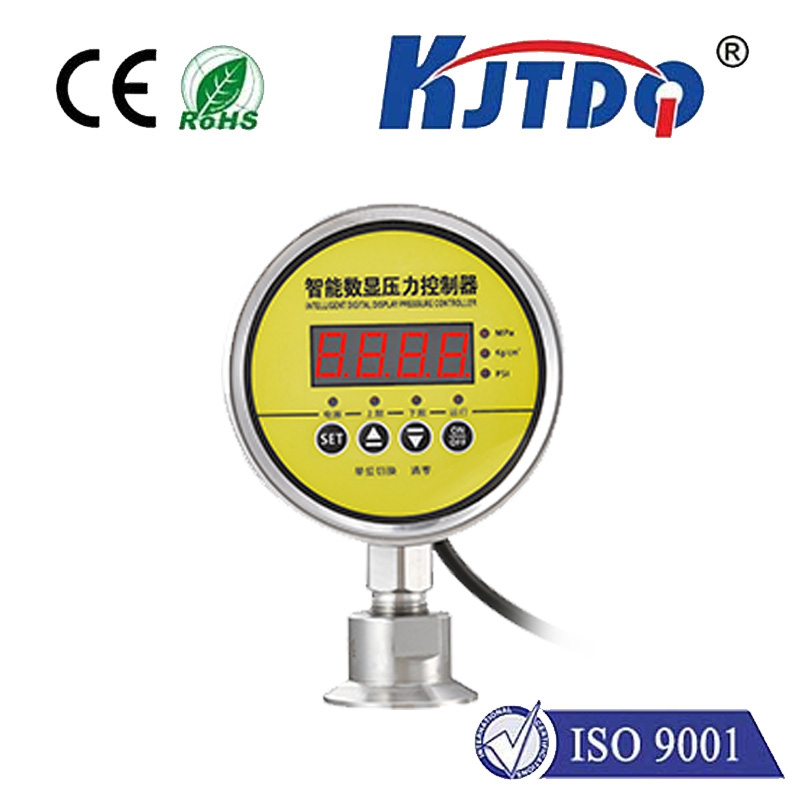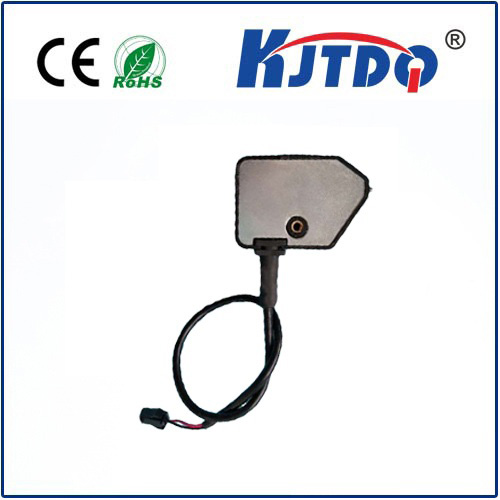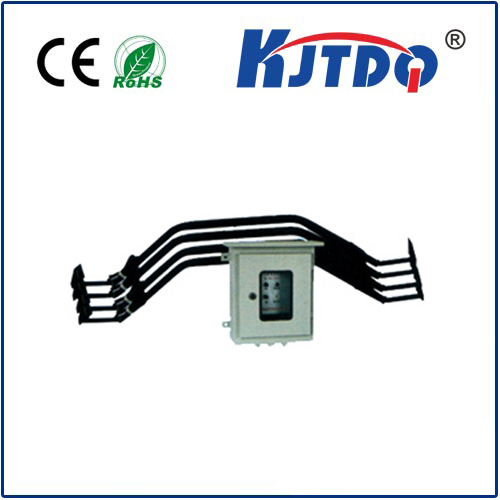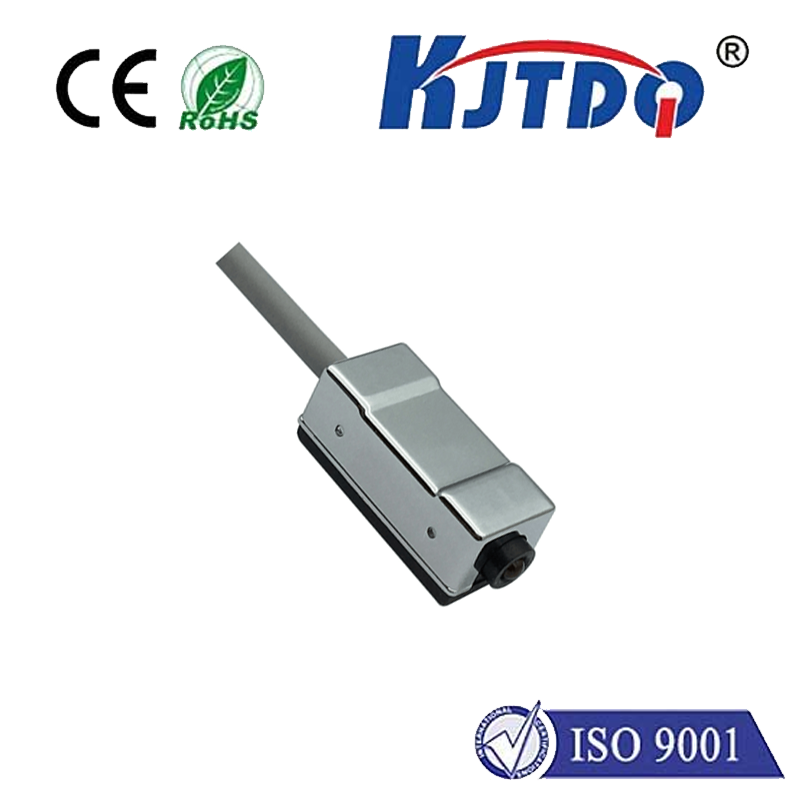
check

check

check

check
Title: Exploring the Versatility of Photo Sensors with Reflectors
Introduction:
In the realm of technology, photo sensors with reflectors have emerged as a powerful tool that is revolutionizing various industries. These devices combine the sensitivity of photosensors with the precision and accuracy of reflectors to create a versatile solution for a wide range of applications. In this article, we will delve into the fascinating world of photo sensors with reflectors and explore their numerous benefits and uses.
Photo Sensor Basics:

A photo sensor is an electronic component that detects changes in light intensity or color. It converts these variations into an electrical signal that can be interpreted by a system or device. Photo sensors are commonly used in cameras, scanners, and other imaging devices. When combined with a reflector, they offer enhanced performance and functionality.
Understanding Reflectors:
Reflectors are optical devices that redirect light back to its source or towards a specific direction. They come in various shapes and sizes, including flat, concave, convex, and parabolic reflectors. By using a reflector in conjunction with a photo sensor, it becomes possible to focus and control the flow of light more effectively. This leads to improved accuracy, reduced noise, and better overall performance.
Benefits of Photo Sensors with Reflectors:
One of the primary advantages of photo sensors with reflectors is their ability to improve the accuracy and consistency of measurements. By controlling the path of light, these devices can eliminate errors caused by external factors such as ambient light or interference from other sources. Additionally, photo sensors with reflectors offer greater flexibility in terms of installation and positioning, making them ideal for use in tight spaces or difficult-to-reach areas.
Applications of Photo Sensors with Reflectors:
The potential applications for photo sensors with reflectors are vast and diverse. In industrial settings, they are commonly used for quality control purposes, such as detecting defects on products moving along a conveyor belt. In healthcare, they can aid in medical diagnostics by measuring blood oxygen levels or monitoring heart rates. In transportation, photo sensors with reflectors play a crucial role in autonomous vehicles, helping them navigate their surroundings safely.
Conclusion:
As technology continues to advance, photo sensors with reflectors are poised to become even more integral to our daily lives. From improving industrial processes to advancing healthcare and transportation, these devices offer incredible benefits that cannot be ignored. As we look towards the future, it is clear that photo sensors with reflectors will continue to shape the world around us in ways we never thought possible.


